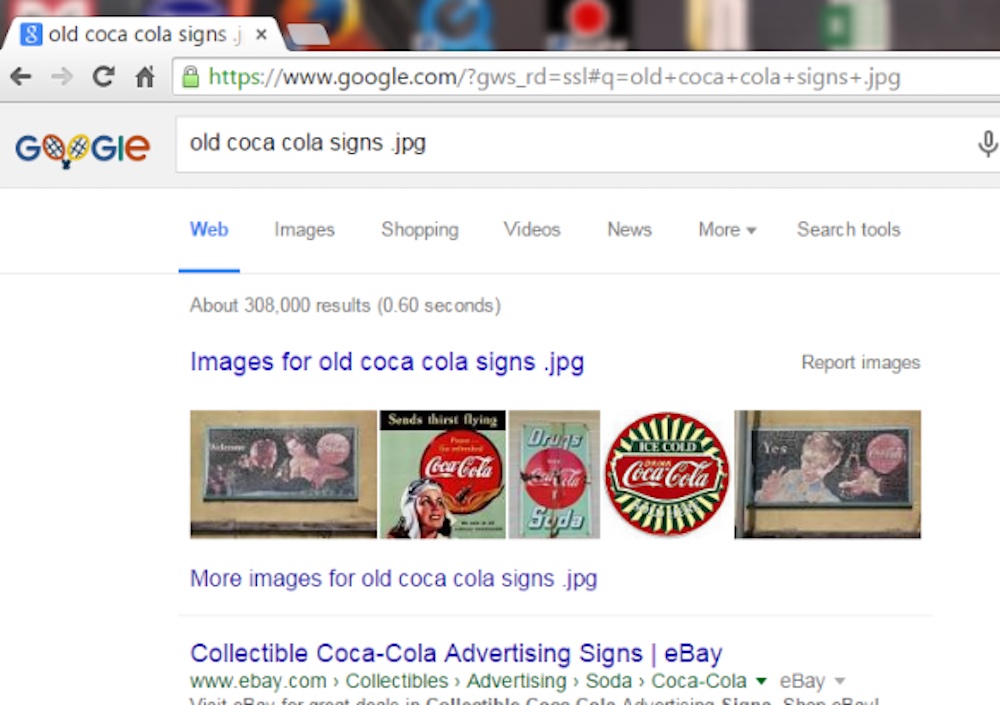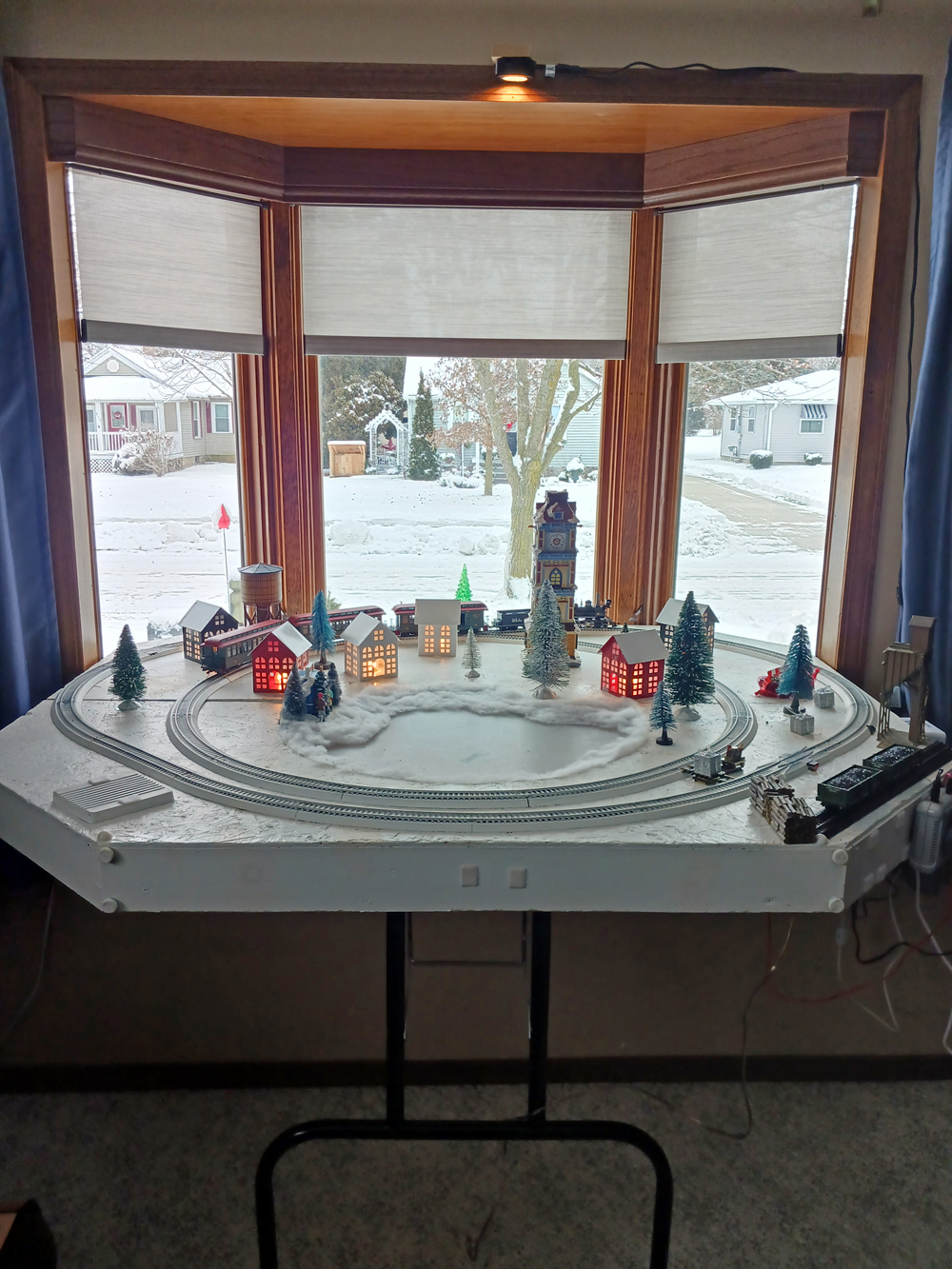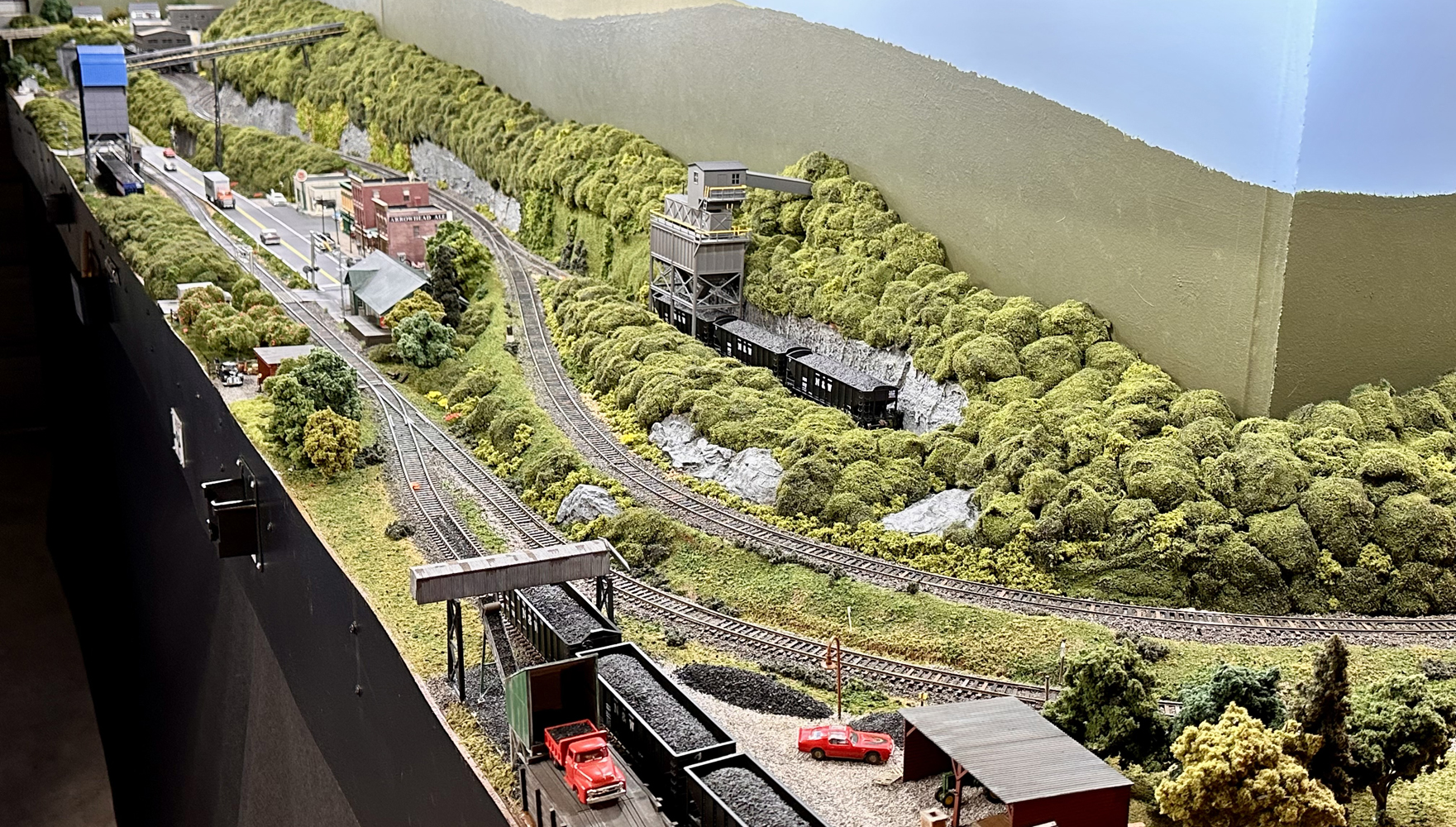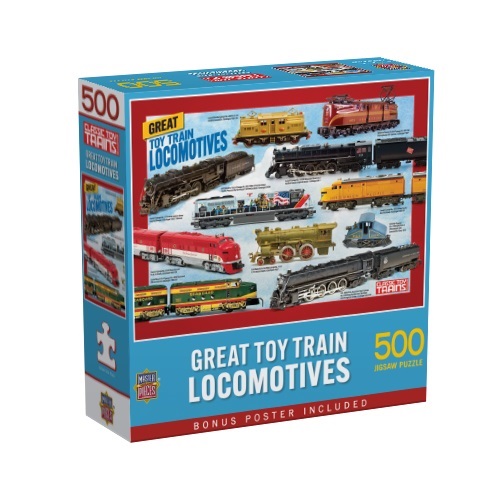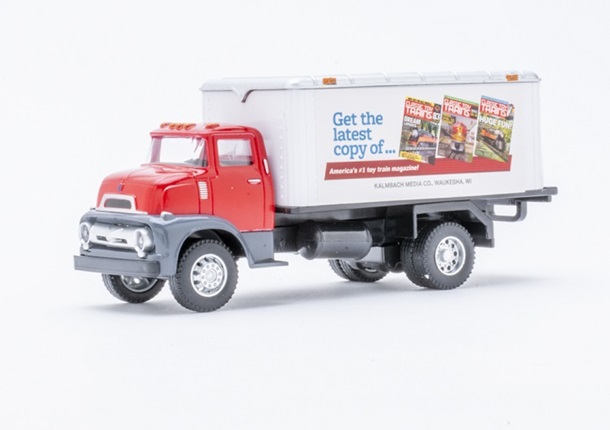The Lionel 700E Hudson steam engine, a super-detailed 1:48 scale model of the J-1e New York Central 4-6-4 Hudson, was a masterpiece. Of museum quality and accuracy, yet functional, it was targeted at O gauge model railroaders, but appealed to just about everyone who saw it.
New York Central President Frank Williamson kept a 700E on his mantelpiece and appeared in the Lionel catalog, vouching for the authenticity of the model. Joe DiMaggio of the New York Yankees also gave his testimonial by appearing with his Hudson in photos.
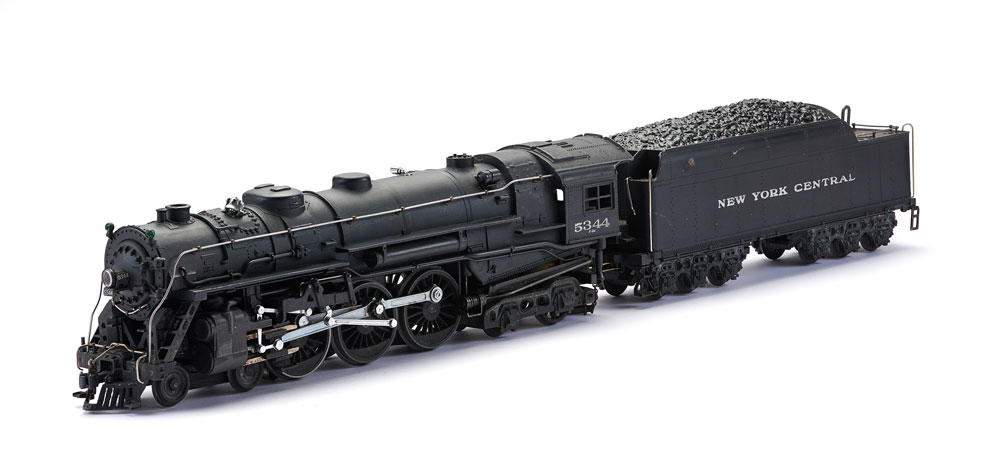
The prototype J-1 Hudsons were among the most glamorous passenger engines of the era. The number 5344 was the last of the J-1e class, the newest and best Hudson design on the rails when Lionel undertook the project in 1935 (two years before the first production model rolled out in 1937). The Hudson remained in the catalog through 1942.
Original blueprints were provided by Alco. It took the Lionel draftsmen and model makers more than a year to create the first brass model. Another six months were required to make all the special tooling — not just dies, but gauges, jigs, and fixtures to assure close tolerances and accuracy. The Hudson cost Lionel about $75,000 up front. That was a serious sum of money; a new Chevrolet, Ford, or Plymouth cost less than $700.
Lionel used materials and designs rarely seen before in the model field. These accounted for the Hudson’s excellent performance.
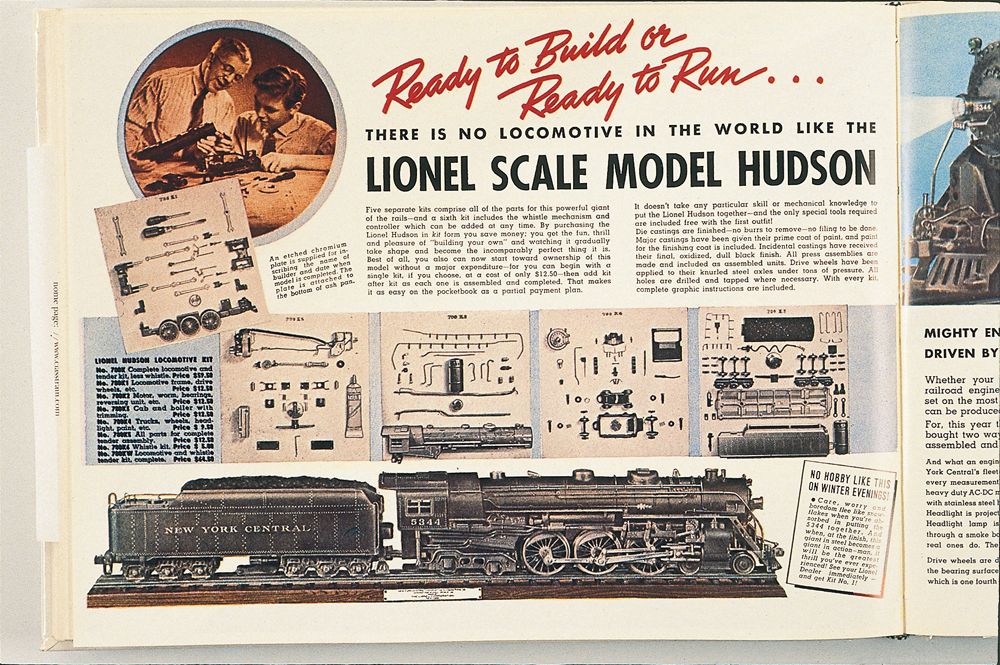 The boiler was formed in hardened steel dies, using high-pressure die-casting equipment that achieved 2,000 psi. The equipment allowed minute detailing to be etched into the dies. However, assembly of the engines was still slow and labor intensive.
The boiler was formed in hardened steel dies, using high-pressure die-casting equipment that achieved 2,000 psi. The equipment allowed minute detailing to be etched into the dies. However, assembly of the engines was still slow and labor intensive.
The 700E was accurate to the smallest item: cylinders, piping, pop valves, handrails, rivets, bolts, and nuts. It featured a movable bell, open spoke wheels with scale flanges, fully operating valve gear, and a front drop coupler that actually worked with its lift pin. The word “Timken” was visible on the roller-bearing truck caps, and Lionel boasted that the tender had “1,600 rivets, just like the real thing.” While neither the model nor the prototype had quite that many rivets, Lionel’s version came within three rivet heads of the original.
Lionel’s established price for the ready-to-run locomotive and tender, with a walnut display base and 16-page booklet, was $75 (about three weeks’ pay for a factory worker then). In 1938, a 700E kit was introduced for $59.50 without a whistle. The kit could be purchased all at once, or in five consecutive installments.
The 700E was designed to run on inside or outside third-rail “T” profile track, so it could compete in the O scale model railroad market. The only head-to-head competition in the J-1 Hudson field was the Min-I-Scale model from Congress Tool of Detroit. At $70 ready-to-run and $55 in kit form, it was fairly close to Lionel’s price, but the Min-I-Scale Hudson was painfully lacking in detail. Both firms ran full-page ads in Model Railroader in fall 1937. By 1938, Min-I-Scale had lowered prices by 10% and stressed durability and power rather than realism. In 1939, its ads disappeared.
Lionel’s 700E changed the world of O scale model railroading forever — or at least until World War II halted its production.
These words from Joseph Bonnano, then the head of engineering at Lionel, say it all:
“This locomotive represents Lionel’s greatest achievement in designing, tooling, and mass producing … a scale model of one of the most popular locomotives of the time, at a fraction of the cost of handmade models. I doubt whether any model made for mass production will ever again be produced that will compare in quality and workmanship with the 700E.”
Learn more about New York Central’s Hudsons in Classic Trains’ special issue. Find more locomotive profiles in Classic Toy Trains’ special issue, Great Toy Train Locomotives.







